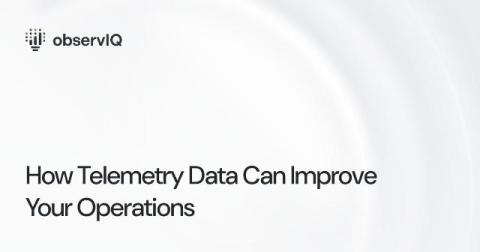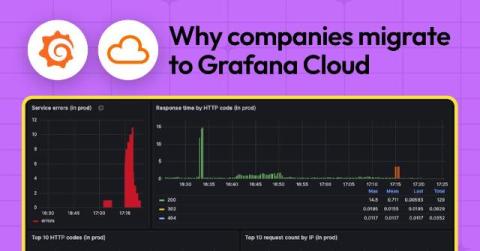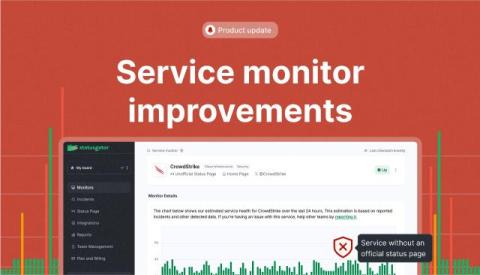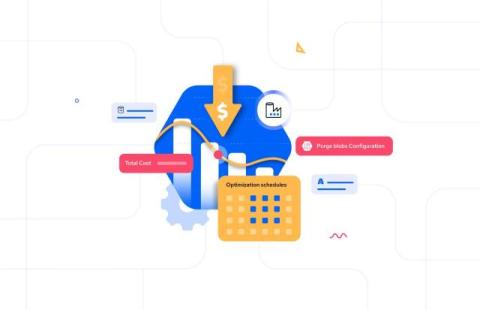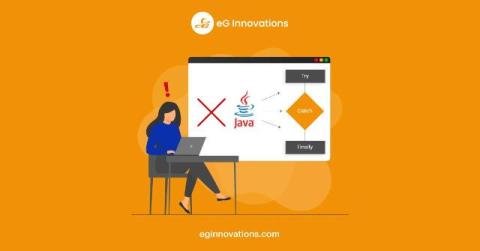Keeping your code secure in the cloud
In this blog, we walk through Atlassian's cloud security practices and the controls we give you inside Bitbucket to maintain enterprise-grade security, without the overhead of managing it internally. Security is an essential part of Atlassian's offerings. We manage code and data for over 300,000 customers who serve hundreds of millions of users. To secure data at the scale we operate, we invest more in security than most individual organizations can.



